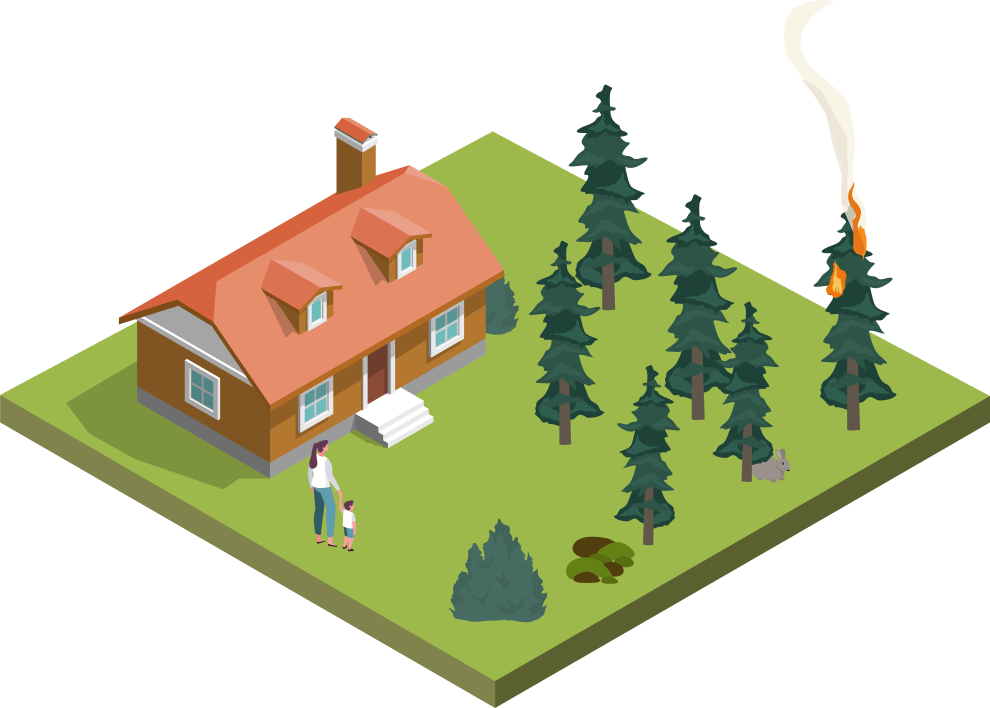

Much of Canada is at risk of wildfires, especially between the months of April and September. These wildfires significantly increase air pollution levels.
We all know that active forest fires pose an immediate risk to life and property close by, but did you know that the resulting smoke can be hazardous, even if you live kilometers away?
There is no “safe” level of exposure.
Wildfire smoke is a complex mixture of gas and particles that get deep into the lungs and bloodstream. Exposure to smoke, even at low levels, will impact your health. And as levels increase, so do your risks.
Text
Want to know more about indoor air quality and your health?
Connect with Environmental Health Protection staff at Health Canada, either by phone at 1-833-223-1014, or you can send an email to AIR@hc-sc.gc.ca.
Note that due to the volume of calls and emails most requests are responded to within one week.
Text
Some people are more likely to be impacted when exposed to wildfire smoke. This includes:
If you live in a region at risk of wildfires, make a plan to be sure you and your loved ones will be safe if a fire hits your community.
Remember that wildfires can spread quickly. If your community is under threat, your local health or emergency authority will provide direction. If told to evacuate, do so.
For more information on topics related to wildfire smoke and health, and what to do in an emergency, visit www.canada.ca/wildfire-smoke
Milder and more common symptoms of smoke exposure include:
You can typically manage these symptoms yourself, without medical intervention.
More serious but less common symptoms of smoke exposure include:
Talk to a health care provider if you experience any of these symptoms.
Less commonly, exposure to wildfire smoke can lead to medical emergencies such as:
If you think you are having a medical emergency, dial 9-1-1 and seek immediate medical care.

